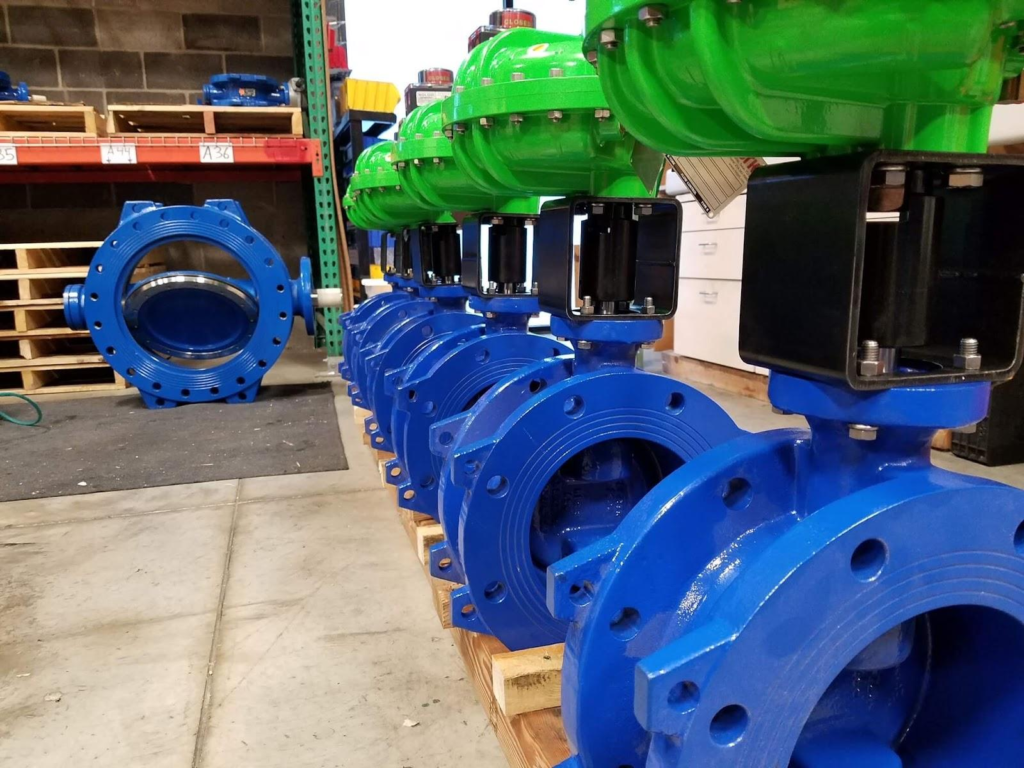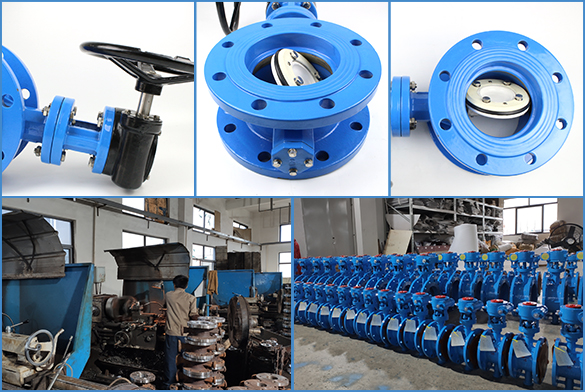Butterfly valves are widely used in various industries, including oil and gas, chemical, and water treatment. They are designed to control the flow of fluids and gases and are known for their reliability, efficiency, and ease of maintenance. In this article, we will explore the differences between eccentric and concentric butterfly valves, and why they are important to consider when selecting a valve for your application.
Eccentric Butterfly Valve
An eccentric butterfly valve is a type of butterfly valve that has an eccentric shaft. This means that the shaft is not centered in the valve body, but is instead offset. This design allows for a larger flow area, which can improve the valve’s performance and efficiency. Eccentric butterfly valves are commonly used in applications where high flow rates are required, such as in water treatment plants, chemical plants, and oil refineries.

Concentric Butterfly Valve
A concentric butterfly valve, on the other hand, has a concentric shaft that is centered in the valve body. This design provides a more symmetrical flow path, which can improve the valve’s stability and durability. Concentric butterfly valves are commonly used in applications where low flow rates are required, such as in gas distribution systems, fuel systems, and HVAC systems.
Key Differences
So, what are the key differences between eccentric and concentric butterfly valves? Here are some of the main differences:
- Flow area: Eccentric butterfly valves have a larger flow area than concentric butterfly valves, making them ideal for high flow rate applications.
- Shaft design: Eccentric butterfly valves have an eccentric shaft, while concentric butterfly valves have a concentric shaft.
- Flow path: Eccentric butterfly valves have a non-symmetrical flow path, while concentric butterfly valves have a symmetrical flow path.
- Applications: Eccentric butterfly valves are commonly used in high flow rate applications, while concentric butterfly valves are commonly used in low flow rate applications.
Benefits of Eccentric Butterfly Valves
Eccentric butterfly valves offer several benefits, including:
- High flow rates: Eccentric butterfly valves have a larger flow area, which can improve their performance and efficiency in high flow rate applications.
- Low pressure drop: The eccentric design of the valve allows for a lower pressure drop, which can reduce the energy consumption of the system.
- Compact design: Eccentric butterfly valves are designed to be compact, which can reduce the overall size of the system and make it easier to install and maintain.

Benefits of Concentric Butterfly Valves
Concentric butterfly valves also offer several benefits, including:
- Low flow rates: Concentric butterfly valves are designed for low flow rate applications, which can improve their stability and durability.
- High pressure drop: The concentric design of the valve allows for a higher pressure drop, which can improve the system’s efficiency and performance.
- Symmetrical flow path: The symmetrical flow path of the valve provides a more stable flow, which can reduce the risk of flow instability and improve the overall performance of the system.
In conclusion, eccentric and concentric butterfly valves are two different types of valves that are designed for different applications. Eccentric butterfly valves are ideal for high flow rate applications, while concentric butterfly valves are ideal for low flow rate applications. When selecting a valve for your application, it is important to consider the flow rate, pressure drop, and overall design of the valve to ensure that it meets your system’s requirements.